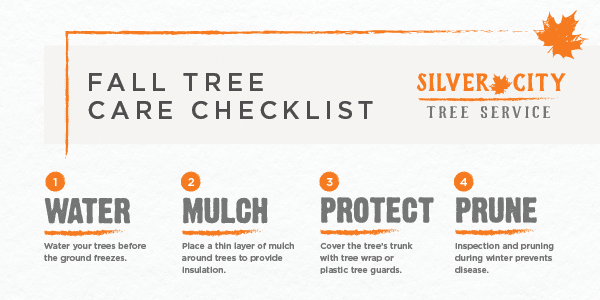Critical Indicators That Indicate It Might Be Time To Remove A Tree On Your Residential Or Commercial Property
Critical Indicators That Indicate It Might Be Time To Remove A Tree On Your Residential Or Commercial Property
Blog Article
Authored By-Gould Randall
If you have actually discovered signs like noticeable decay, substantial damage, or dead branches on a tree in your yard, it might be time to think about removing it. Leaning or unpredictable trees can present a severe danger, and overhanging branches near your home could lead to potential crashes. Nonetheless, there's one important aspect you shouldn't overlook when examining whether a tree requires to be eliminated. It's a refined yet significant indication that could affect not simply your residential or commercial property however likewise the surrounding environment.
Visible Degeneration and Damage
If you notice significant noticeable degeneration or damages on your tree, it might be time to take into consideration removing it from your home.
Visible indicators of degeneration, such as big cavities, deep cracks, or comprehensive decaying locations, can weaken the tree's structure and pose a safety risk. Dead branches, peeling off bark, or fungal development on the trunk are also signs that the tree's health and wellness is compromised.
These issues can make the tree extra vulnerable to toppling over throughout solid winds or tornados, potentially triggering damage to your building or posturing a danger to individuals nearby.
Furthermore, trees with considerable decay or damage might not recover despite expert treatment and upkeep. By promptly dealing with trees revealing visible indicators of damage, you can prevent accidents and protect your residential or commercial property.
Leaning or Unstable Tree
When observing a tree on your residential or commercial property that's noticeably leaning to one side or appears unsteady, it's crucial to examine the scenario promptly. Leaning trees can be a sign of architectural concerns or origin damage that might endanger the tree's stability. An unpredictable tree poses a substantial threat of falling, potentially triggering damage to your residential or commercial property or positioning a safety hazard to people nearby.
To identify the intensity of the scenario, begin by reviewing the angle of the lean and whether it has been considerably getting worse in time. Check the tree for any noticeable indications of damage, such as splits in the trunk or subjected roots.
If the tree is leaning because of root concerns, it may not be salvageable and could posture a higher risk as time goes on.
If you observe a tree on your residential or commercial property that's leaning or unpredictable, it's suggested to speak to an expert arborist to assess the tree's wellness and suggest the best course of action, which might consist of tree removal to avoid any type of prospective crashes or damages.
Overhanging Branches and Nonessential
Worried concerning the trees on your residential property? Overhanging branches and nonessential can position severe threats that indicate it's time to eliminate a tree.
Branches that extend over your house, garage, or other structures can become harmful throughout storms, possibly causing damage or injury if they break short.
Deadwood, which are branches that have passed away and not drop from the tree, can also drop all of a sudden, positioning a risk to anyone listed below.
It's important to resolve overhanging branches and deadwood quickly to avoid accidents. Routinely examine your trees for signs of deadwood or branches expanding as well much. If you notice any, it's ideal to have a professional arborist examine the situation. They can safely remove the dangerous branches or suggest tree elimination if the dangers are expensive.
Do not neglect overhanging branches and nonessential on your trees. Taking aggressive steps to resolve these concerns can prevent prospective catastrophes and maintain your home risk-free for you and your family members.
Conclusion
If you notice signs of visible degeneration, extensive damages, or an unstable tree on your residential property, it's time to consider removing it. https://www.nj.com/entertainment/2020/06/rutgers-dance-alumni-plan-moving-benefit-to-aid-peers-impacted-by-the-coronavirus-pandemic.html wait till it's too late and positions a threat to your safety and building. Resolving these warning signs promptly will assist avoid prospective calamities and ensure a secure environment for you and those around you. Do not wait to get in touch with a specialist for aid in safely eliminating the tree.
